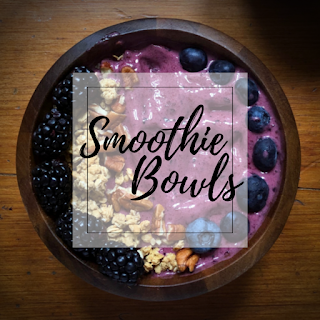Microcurrent Point Stimulation Therapy

Introducing MPS (Microcurrent Point Stimulation) Therapy to relieve PAIN to release SCARS to recover from CONCUSSIONS and BRAIN INJURY to resolve long-haul COVID symptoms to reduce STRESS and balance the autonomic nervous system Are you experiencing pain, acute or chronic? Back Pain? Neck Pain? Arthritic Pain? Lower back pain? Tight muscles? MPS Therapy reduces sympathetic nervous system stress to provide relief from pain. MPS Scar Release Therapy Scars impact our bodies in many negative ways: - chronic pain - impede lymph flow - restrict functional movements - injure fascia - activate stress Scars may be the result of surgeries, or from muscle tears, chronic inflammation, injury traumas, sprained joints, or broken bones. Applying painless, Microcurrent Point Stimulation to scars releases fascia, reduces stress, and increases blood circulation and lymph drainage. Have you had a concussion or a traumatic brain injury? Post concussion symptoms, may include o...





